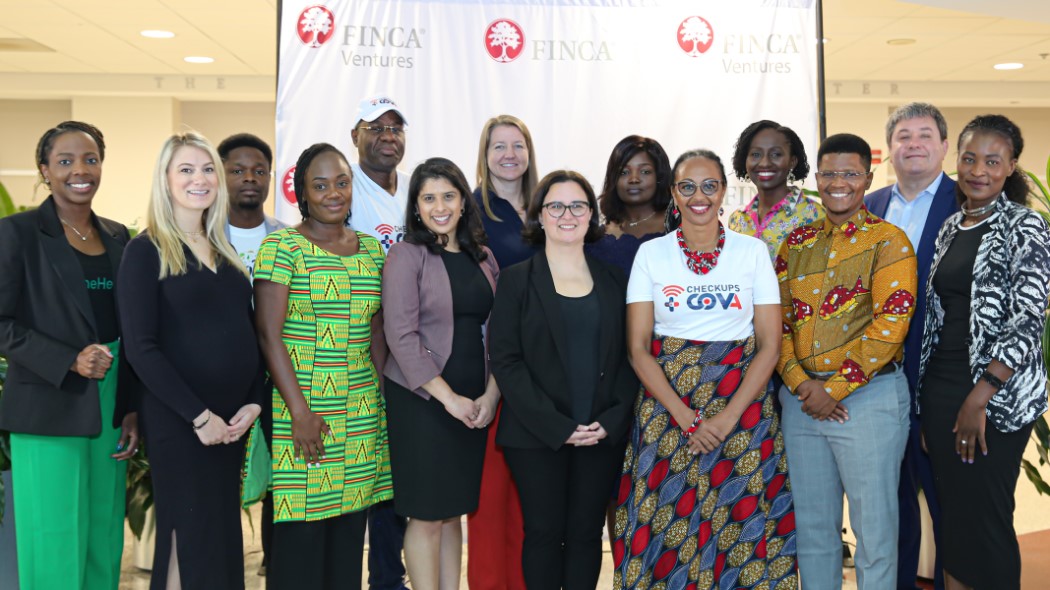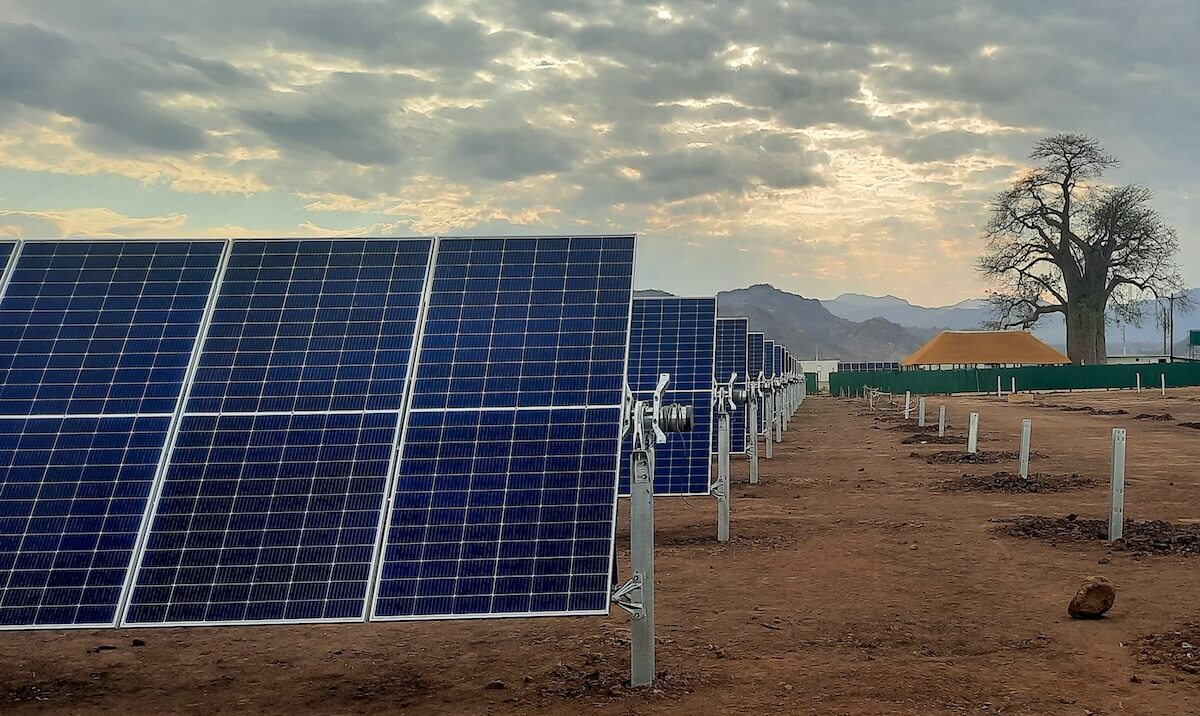Editor’s note: As banks have consolidated and closed small-town branches, only 18% of new businesses get a bank loan. Less than 1% of businesses, mostly tech companies in big cities, ever raise venture capital. “That leaves 81% of businesses stuck with no formal access to capital,” Village Capital’s Ross Baird told the U.S. House of Representatives’ Committee on Small Business.
Economic revival in rural America requires much more capital to flow to local entrepreneurs in small towns across the country who are creating new businesses and good jobs, said Baird, also an innovator-in-residence at the Kauffman Foundation.
In his prepared remarks, “Bridging the Gap: How Capital Markets can Work for the Other 81%,” Baird laid out a range of ideas for increasing the flow of capital to small, rural business owners. Following is an excerpt.
Ross Baird: Entrepreneur champions have focused on two ends of the spectrum—small business lending and venture capital—but 81% of new businesses do not access either source.
I have a personal story about one of these 81%. I founded a firm, Village Capital, that has invested in nearly 100 businesses, and supported over 1,000 more through programs across the world. Lula Luu, who founded a business called Fin Gourmet in Paducah, Kentucky, in Representative Comer’s district, in one of those entrepreneurs.
Fin Gourmet catches Asian Carp—a huge nuisance in the region—filets it, rebrands it “Kentucky Blue Snapper,” and sells it to high-end restaurants in New York and San Francisco.
When I met Lula, she had earned hundreds of thousands of dollars in revenue and was employing a dozen people at a quality wage, in a high-unemployment part of Kentucky, but she wasn’t able to access financing for her business to grow. Banks said she was too risky and early-stage for a loan, and venture capitalists said she was not “high growth enough.”
New Revivalists are using these six strategies to revive entrepreneurship and the American Dream
With a group of partners, we made a seed investment in Fin Gourmet in an innovative, dividend-based model: we received a percentage of the company’s revenue in return until we would have a predetermined return on investment. The investment helped Lula create more jobs and grow in revenue, but she still faces challenges: while a small group of us were able to develop a creative mechanism for initial financing, she has still sometimes struggled to fit the profile of formal financing mechanisms as she grows.
Lula’s story is illustrative of a challenge to solve: There are tens of thousands of Lulas in America, too risky for a loan, and too “normal” for venture capital.
What Congress can do
If Congress wants to help reverse the decline in American entrepreneurship, I suggest thinking about ways to help the other 81% access capital.
First, look at ways that entrepreneurs without personal wealth can better have the financial flexibility to start a business. I’ve seen ideas where entrepreneurs starting a business can defer student loans for three years, or entrepreneurs who start a business in an economically distressed area, such as an Opportunity Zone, have their loans forgiven if the business is in operation for more than five years.
Rural Arkansas powers an entrepreneurial revival on camelina and biofuels
Second, look at ways that our capital markets infrastructure can better fit the businesses of the future. The cash-flow-based investment structure we used with Fin Gourmet in Kentucky is one type of investment structure where we are seeing both private sector and public sector innovation.
Lighter Capital in Seattle has raised a $70 million fund to provide revenue-based finance to software-as-a-service companies that are growing steadily, but not a fit for venture capital. And the State of Colorado has backed an investment fund for rural entrepreneurs that primarily utilizes this revenue-based finance: its creators argue that this is perhaps a better fit than debt or equity for the majority of rural businesses.
Early movers are getting a jump on opportunity zones – and the future of community investing
I would also build on existing tools Congress has created. I’m encouraged by the recent bipartisan creation of the Investing in Opportunity Act, creating Opportunity Zones across the country, which can become laboratories for innovation in helping entrepreneurs like Lula access capital.
I do see a risk Opportunity Zones become a vehicle for large real estate investment, with very little capital being directed towards entrepreneurs. I’m hearing from entrepreneurs and investors possible regulatory clarity that would be helpful.
I am most frequently hearing that it is unclear at this point whether re-invested interim capital gains from entrepreneurs in opportunity zones remain eligible for the tax incentive. Should I as an investor earn a return on investment from Fin Gourmet, if I am much more likely to invest in future Fin Gourmets if the Opportunity Zone tax incentive applies to my interim gains. Regulatory clarity on this aspect could help mobilize substantial capital to entrepreneurs.
I also would encourage Congress to learn more about how other innovation in funds can be better utilized for the other 81%.
For example, the Small Business Investment Company investment fund has a $4 billion annual allocation, but the private sector almost never asks for the full $4 billion. I have heard from entrepreneurs and investors alike that the debt investment structure of the SBIC investment does not meet the needs of the majority of entrepreneurs: perhaps there is a way to use this pool of capital to spur the creation of innovative private sector vehicles.
The Economic Development Authority’s i6 grant has been very helpful in creating new venture capital funds, and perhaps programs such as these can also accelerate the use of more innovative private capital.
We are fortunate to be in a good economy, but according to a February survey, 55% of entrepreneurs starting a business in America think the economy is just fair or poor. If we are able to expand access to capital to any entrepreneur who faces barriers, more Americans will be able to contribute to the economic vitality of our country.











